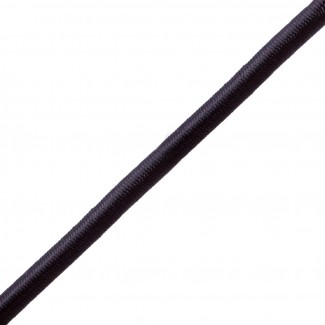- Local: (516) 346-4636
- Toll-Free: (800) 886-6060
- Fax: (516) 346-4366
- Email: kflynn@nationalwebbing.com
Elastic cords are widely used tools. From home storage to transporting
expensive and heavy gear, cords need to be used properly to ensure the
highest standards for safety. Regardless of whether you use cords regularly or
every day, they need to be handled with care. Although these cords are strong,
reliable, and resilient, they are subject to breaking because of wear and tear
and improper usage.
Beyond breaking, these cords can also cause great harm to humans and property. These tools are made of natural rubber strands of elastic material. At both ends, the user finds a J-shaped hook used to secure items. As a person stretches a cord, tension slowly builds within the strands. If by accident, the tension is suddenly released, the cord will backlash. Think about snapping a rubber band against your wrist, but somewhere between 10x and 100x the snapback. In certain situations, the release speed of a cord and J-hook can reach up to 60 mph.
How do you keep yourself, your employees, and your properties safe while using elastic cording?
The limits of a rope depend on the size and stretch capacity (cord elongation rating) of an individual rope. Never use ropes at maximum elongation because this increases the risk of backlash. Know your rope’s limits before using them.
There are different methods of securing bungee cords, so make sure that you invest wisely. Elastic cording hooks reduce the likelihood of an accidental release, especially when a rope is securely tied to the hook. Always double-check the position before you let go.
Related Reading